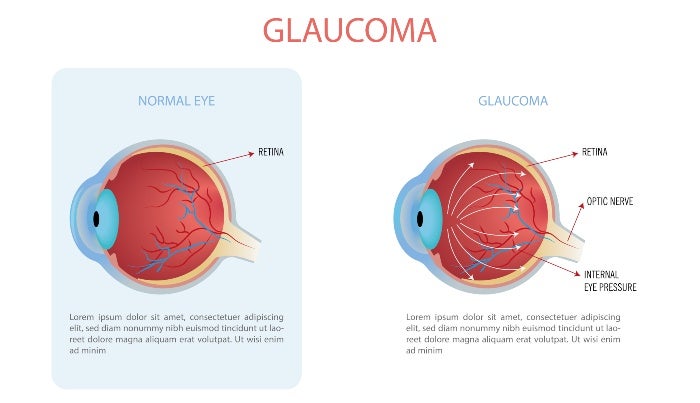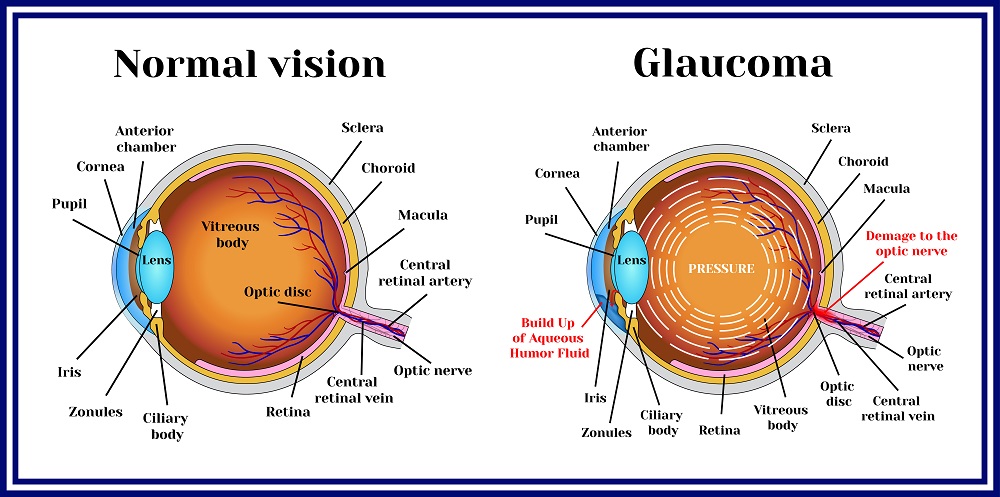Comprehensive Retina Service Near Me: Specialist Take Care Of Your Vision
Comprehensive Retina Service Near Me: Specialist Take Care Of Your Vision
Blog Article
Understanding the Various Vision Modification Procedures Available for Clearer Sight
In the realm of vision modification procedures, a multitude of alternatives exist to deal with refractive errors and offer individuals with more clear view. From the extensively acknowledged LASIK surgical procedure to less invasive treatments like PRK and implantable lenses, the area of ophthalmology supplies a series of strategies customized to fit various requirements and choices. Each procedure comes with its very own collection of factors to consider, advantages, and potential dangers. Comprehending the subtleties of these vision adjustment techniques is critical for making informed decisions about one's aesthetic health and wellness. Allow's check out the ins and outs of these treatments and clarified the path to achieving enhanced vision clarity.
LASIK Surgery
LASIK surgical procedure is a common refractive treatment utilized to remedy vision problems such as farsightedness, nearsightedness, and astigmatism. This medical technique, which stands for Laser-Assisted in Situ Keratomileusis, intends to improve the cornea to enhance just how light is concentrated on the retina, eventually enhancing vision clarity.
One of the key advantages of LASIK surgical treatment is the quick renovation in vision experienced by individuals. In general, LASIK surgery is a preferred option for individuals seeking a long-lasting remedy for their vision troubles.
PRK Procedure
While also a common refractive procedure, the PRK (Photorefractive Keratectomy) technique differs from LASIK surgical treatment in its technique to remedying vision problems. In PRK, instead of developing a flap on the cornea, the outer layer of the cornea, called the epithelium, is entirely eliminated. This permits the laser to reshape the cornea to correct refractive mistakes such as farsightedness, astigmatism, and nearsightedness straight externally.

Despite the longer healing time, PRK can generate exceptional lead to vision enhancement, making it a beneficial choice for those who may not be ideal candidates for LASIK surgical procedure.
Implantable Lenses
Unlike PRK where the cornea is reshaped directly, implantable lenses offer another technique for remedying vision by placing man-made lenses inside the eye. This procedure is specifically useful for individuals with high levels of farsightedness, astigmatism, or nearsightedness who might not appropriate candidates for laser surgical procedures like LASIK or PRK.
Implantable lenses, likewise referred to as phakic intraocular lenses, work by supplementing the eye's natural lens with an artificial one. eyecare near me. These lenses can be placed in front of the all-natural lens (former chamber) or behind the iris and before the all-natural lens (posterior chamber) By readjusting the power and positioning of these lenses, eye doctors can effectively deal with refractive errors and boost visual skill
One benefit of implantable lenses is that they are exchangeable and removable, giving versatility for future changes. As with any type of surgical procedure, there are dangers entailed, such as infection or cataract formation. Individuals taking into consideration implantable lenses must seek advice from with an eye treatment expert to establish the most suitable alternative based upon their private requirements and eye health.
Corneal Rings
Corneal rings, likewise called intracorneal ring segments, are small, transparent devices put into the cornea to deal with vision distortions such as keratoconus. Keratoconus is a condition where the cornea thins and protrudes outward, causing vision to come to be distorted. The insertion of corneal rings helps to flatten the cornea, enhancing aesthetic skill and lowering the uneven astigmatism triggered by keratoconus.
The procedure for placing corneal rings is reasonably quick and minimally invasive, often done as an outpatient procedure. During the surgery, the eye doctor makes a little incision in the cornea and inserts the rings at a particular depth. Once in position, the rings aid to reshape the cornea, giving a smoother surface for light to enter the eye, which can result in clearer vision.
Corneal rings are considered a reversible treatment, as they can be removed or changed if required. glaucoma service near me. While they might not completely eliminate the demand for glasses or contact lenses, corneal rings can significantly enhance vision high quality and overall aesthetic comfort for people with keratoconus or other corneal irregularities
Refractive Lens Exchange
Complying with the improvement of corneal irregularities with procedures like corneal rings, another vision modification strategy that can attend to refractive errors is Refractive Lens Exchange (RLE) RLE is a medical treatment that involves replacing the eye's all-natural lens with a synthetic intraocular lens (IOL) to remedy refractive errors such as nearsightedness, farsightedness, and presbyopia. This treatment is especially valuable for people who might not appropriate candidates for treatments like LASIK or PRK because of factors such as thin corneas or high refractive errors.

Final Thought
In verdict, there are various vision modification procedures available to aid people attain clearer view. LASIK surgical treatment, PRK procedure, implantable lenses, corneal rings, and refractive lens exchange are all options that can address various vision concerns. It is necessary for individuals to seek advice from their eye care copyright to establish the most appropriate treatment based upon their specific requirements and choices. With advancements in technology, achieving improved vision is now much more available than in the past.
In the realm of vision adjustment procedures, a wide range of options exist to attend to refractive errors and supply people with more clear sight.LASIK surgery is a common refractive procedure made use of to remedy vision issues such as astigmatism, nearsightedness, and farsightedness.While also a common refractive procedure, the PRK (Photorefractive Keratectomy) technique varies from LASIK surgical procedure in its technique to fixing vision problems.Complying with the adjustment of corneal irregularities with treatments like corneal rings, an additional vision informative post correction method that can attend to refractive errors is Refractive Lens Exchange (RLE) LASIK surgery, PRK procedure, implantable lenses, corneal rings, and refractive lens exchange are all choices that can address different vision problems.
Report this page